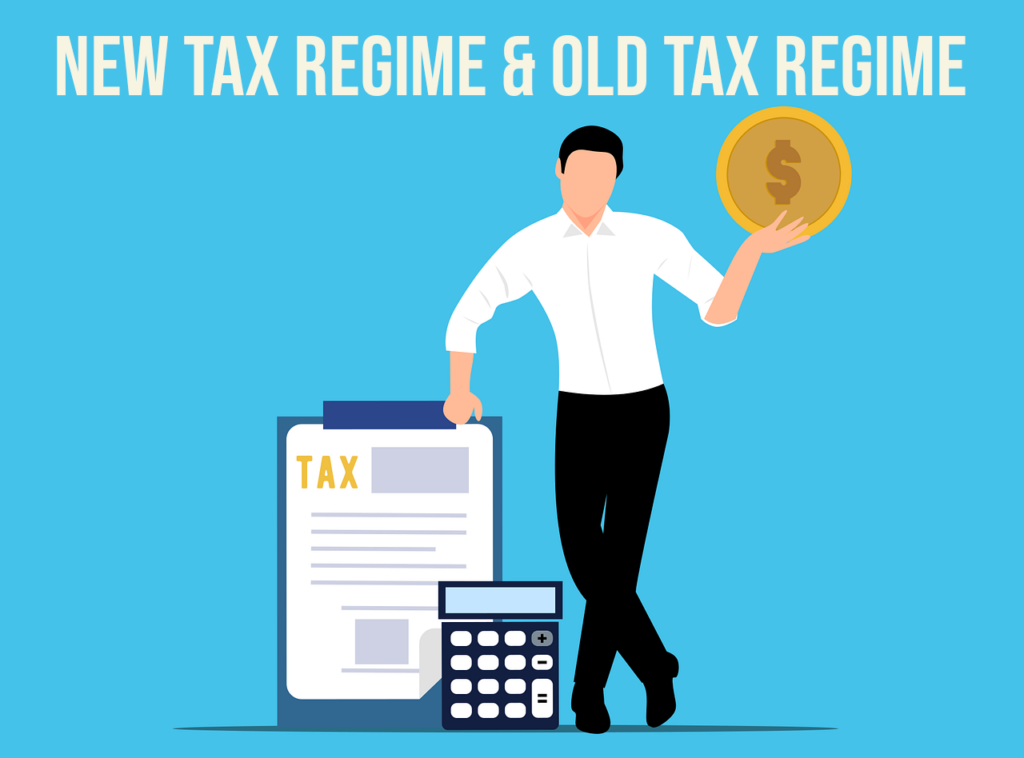What is Section 80C?
Section 80C of the Income Tax Act is the most popular income tax deduction for saving taxes. To claim a deduction, you must file an ITR. By diversifying your investments into options like Life Insurance Scheme, National Savings Certificate (NSC) and Public Provident Fund (PPF), you can claim a deduction of up to 1.5 lakh per financial year in old tax regime. The deductions under this section of the Income Tax Act are applicable only to single taxpayers and undivided Hindu families. It does not entitle corporations, partnerships, and other businesses to tax exemptions.
Who is Eligible for Section 80C of the Income Tax Act?

Individuals
Individuals, both resident Indians and non-resident Indians (NRIs), are entitled to deduction under section 80C of the Income Tax Act, 1961. This category includes salaried and self-employed individuals such as businessmen and doctors.
HUF (Hindu Undivided Families)
HUFs are recognized as separate affordable units under the Income Tax Act, 1961 and can avail benefits under the Section 80C deduction limit of ₹1.5 lakh per financial year. HUFs have the flexibility to invest in various instruments such as life insurance, tax saving fixed deposits (FDs) and equity linked savings schemes (ELSS) to claim deductions under this section.
Elderly People and Others
Older people are people aged 60 and over. These people may benefit from ventilation below 80°C. You can use all investments mentioned in the list of Section 80C deductions as well as certain investment options like Senior Citizen Savings Scheme (SCSS) to claim deductions.
List of Section 80C Deductions

ELSS funds
Share-linked savings plan is a type of mutual fund that invests in shares and share-related instruments. ELSS funds have a lock-in period of three years.
National Pension System
The National Pension Scheme is a government-sponsored savings scheme for employees of the private, public and unorganized sectors. It cannot be used for military investments. The NPS has a vesting period up to age 60.
ULIP
A unit linked insurance plan (ULIP) is a life insurance plan that offers investment options along with life insurance. It offers the option of investing in equity, debt and hybrid funds to achieve your financial goals. The performance of a ULIP may vary depending on the funds you choose. ULIPs have a lock-in period of five years.
Fixed Term Deposits to Save Taxes
These types of fixed deposits offer tax benefits subject to the conditions laid down in Section 80C of the Income Tax Act, 1961. They have a vesting period of five years. Fixed deposits offer fixed returns.
Public Provident Fund
PPF is a government savings plan that can be used for long-term financial goals. The term is 15 years after opening the account. However, you can withdraw money from your PPF account every year starting from the seventh financial year.
Senior Savings Program
It is a savings plan for people over 60 years of age. However, in special circumstances it can also be used by people over 50 and 55 years of age. It has a lock-in period of five years and can then be closed or extended for a further three years.
Sukanya Samriddhi Yojana
The Indian government supports the Sukanya Samriddhi Yojana, an austerity program. It is an investment option for parents who have a daughter. The plan matures when the girl turns 21.
How much can you Claim under Section 80C?

Different activities have limits on the amounts that can be claimed, as well as the total amount that can be claimed under those activities.
The total amount claimable under sections 80C, 80CCC and 80CCD(1) together is 150,000/-.
According to article 80CCD, there is the possibility of increasing the total deduction by another 50,000 euros. This is how it works:
80 CCD(1) and 80 CCD(2) apply to employee and employer contributions respectively. Please note that deduction of 50,000/- on NPS above 150,000/- is deductible under Sections 80C, 80CCC and 80CCD (1).
How does ICICI Prudential Life Help You Save Taxes?
ICICI Prudential Life Insurance plans offer tax benefits subject to the conditions laid down in Section 80C of the Income Tax Act, 1961. Premiums paid for the life insurance plan are eligible for tax deductions of up to ₹1.5 lakh in a financial year. Further, maturity benefits under the policy are also exempt from tax subject to the conditions of Section 10 (10D) of the Income Tax Act, 1961.
How Long Should You Stay Invested?
This is an important obligation that taxpayers often ignore when investing under sections 80C, 80CCC and 80CCD. The different investment instruments have different deadlines that you must meet to avoid the reversal of the deduction:
This means you can reduce your total taxable income by up to €200,000 by making full use of sections 80C, 80CCC and 80CCD.
Frequently Asked Questions on Section 80C of the Income Tax Act
Are 80C and 80CCC the same?
Section 80C provides deductions for various investments up to 1.5 lakh per annum from your taxable income. In comparison, section 80CCC provides for a deduction of up to 1.5 lakh per annum for a person’s contribution to certain pension funds. Therefore, section 80CCC limits the overall exemption limit to ₹1.5 lakh per annum.
What is the maximum tax exemption under Section 80C?
You can claim a maximum deduction of up to 1.5 lakh from your total income under Section 80C.
Who is eligible for an 80C deduction?
It is available to individuals and Hindu Undivided Families (HUF).
How much should I invest to save taxes?
To save tax, invest ₹1.5 lakh under Section 80C. Take out a health insurance policy and claim a deduction of up to INR 25,000 (INR 50,000 for senior citizens) for health insurance premiums paid under Section 80D. Also, investing up to ₹ 50,000/- in NPS could help you get additional tax savings under Section 80CCD (1B).



